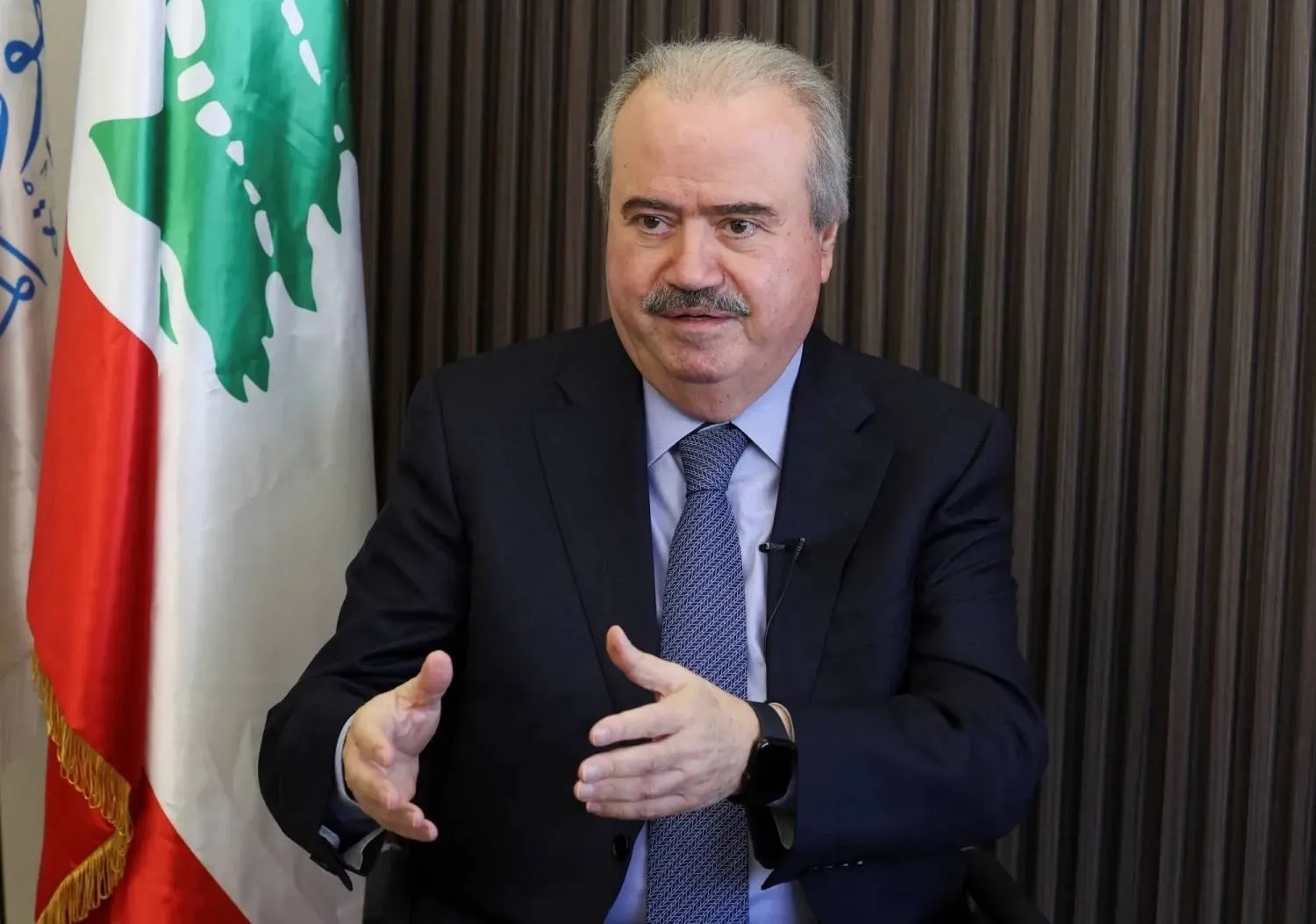Lebanon is preparing to take a major step toward restoring financial stability by the end of this month, with Parliament expected to approve a draft law to restructure the banking sector. This legislation follows the adoption of the banking secrecy law and paves the way for tackling the long-delayed “financial gap” law, a critical component in resolving Lebanon’s severe economic, monetary, and financial crises.
In an interview with Asharq Al-Awsat, Finance Minister Yassin Jaber emphasized that there is no justification for further delays. The government has already reorganized Lebanon’s monetary institutions, enabling them to assess bank conditions, categorize depositors, and prepare comprehensive financial data required for the next steps. These measures will help fairly distribute losses estimated at around $73 billion.
Jaber described the banking and financial reform process as the toughest challenge facing the government of Prime Minister Nawaf Salam, the first under President Joseph Aoun. These reforms coincide with critical efforts to resolve political challenges, including ending daily Israeli aggressions and consolidating state control over arms.
The minister stressed the need to end a prolonged state of denial, which has fueled piecemeal responses to a deep-rooted crisis. Lebanon, he warned, risks being downgraded to a “blacklisted” status globally if urgent reforms are not enacted.
One of the government’s top priorities, Jaber explained, is addressing the financial gap -larger than twice the GDP - by clarifying responsibilities for the losses, including the role of the Central Bank and commercial banks. The upcoming law will outline these responsibilities and enable better coordination among the Central Bank, its oversight bodies, and relevant stakeholders.
Despite severe liquidity shortages, Lebanon will not sell its public assets, Jaber stated firmly.
“The country is not bankrupt,” he said, echoing assurances from both the President and Prime Minister. Instead, the focus will be on optimizing the use of state assets and attracting strategic partnerships, especially in electricity, telecommunications, ports, and other vital sectors, without resorting to privatization.
Efforts are also underway to modernize public finance. The 2026 budget will include measures to boost revenues through tighter customs enforcement and more efficient tax collection. Jaber said ministries are contributing to a medium-term fiscal framework for 2026–2029 to better align spending with economic goals.
Jaber concluded by reaffirming the government’s commitment to transforming Lebanon from a debt-driven, consumption-based economy into a productive one centered on public-private partnership projects.
He noted that the government is continuing to appoint regulatory authorities in key sectors that are attractive to investors - moves that will pave the way for strategic partnerships, not asset sales, as he emphasized once more. These partnerships aim to improve the quality of essential services at fair costs, particularly in electricity, telecommunications, air and sea transport, real estate, and other vital areas.
Jaber also highlighted the importance of economic reforms in strengthening cooperation with international institutions such as the International Monetary Fund (IMF), the European Union, and the World Bank.







